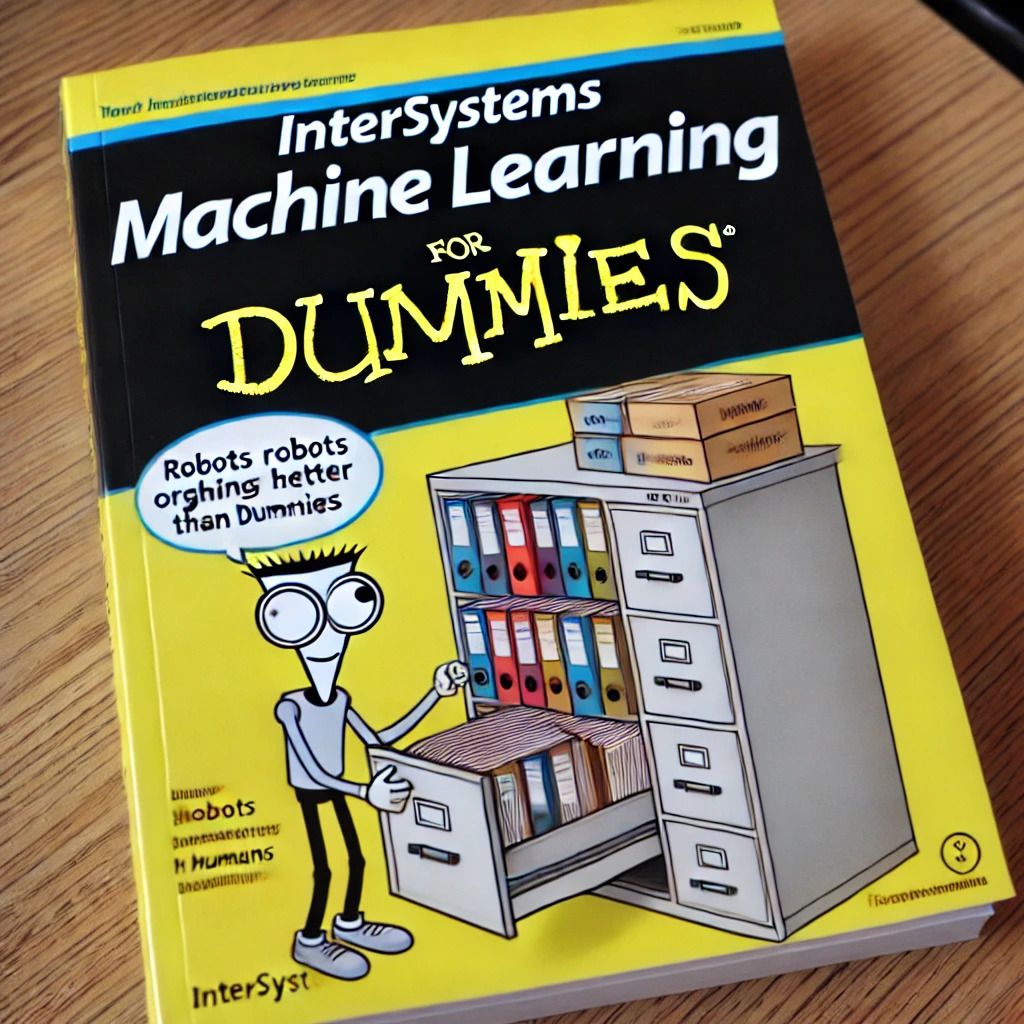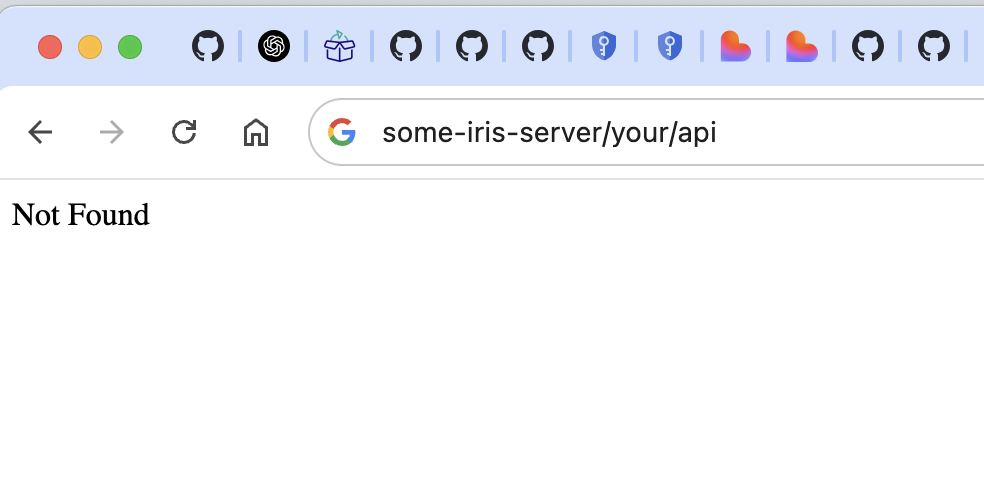This article describes a significant enhancement of how InterSystems IRIS deals with table statistics, a crucial element for IRIS SQL processing, in the 2025.2 release. We'll start with a brief refresher on what table statistics are, how they are used, and why we needed this enhancement. Then, we'll dive into the details of the new infrastructure for collecting and saving table statistics, after which we'll zoom in onto what the change means in practice for your applications. We'll end with a few additional notes on patterns enabled by the new model, and look forward to the follow-on phases of this initial delivery.


.png)


